On 20 July 1814 Robert Harvey of Malin Hall left Trabrega Bay in his yacht the Rambler to sail to the Western Isles of Scotland. There were few yachtsmen of this order in the north west at this time, apart from the Batts of Rathmullan who held great regattas on Lough Swilly. A visit to Rathmullan Hotel will bring back memories of some great sailing contests. Robert’ s portrait hangs in Goorey Lodge outside Malin and in the drawing room stands a table of historic interest. It was on this very table that his young nephew Gardiner Harvey danced on hearing of the defeat of Napoleon at Waterloo in 1815 in tandem with the family celebrations. Robert’s cousins Ralph and Robin joined him on his maritime adventure. They had a skipper called Jack from a well-known Glengad family and a cook named Ned, together with Gilbert Brown of the famous seafaring family of Lough Swilly. Another cousin, Robert Harvey Jnr. aged seven also joined the crew. Robert Harvey kept a notebook of his voyage which began:
20 July – Left Srawbrega with wind at south west, had a severe touch on the bar, but did not make any water of it. Cleared Malin Head at about noon and steered a north-east course all day in the direction of the Island of Mull……..Ralph and Robin both a little sick.
On the voyage, they passed Dunmore off Culdaff beach. At Dunmore Head you can see an 18-pound cannon ball lodged in the east wall. It was fired by a frigate in a demonstration for Robin Young, the landlord at Culdaff House over a century ago. It is clearly inaccessible; otherwise it would have been rescued for scrap years ago.
In August, he pulled into Islay and saw four sloops at Port Ellen. (I visited Islay in 2003 travelling from Moville in just four hours). One was bound for Derry and three were laden with stone bound for the batteries at Lough Swilly. It is strange that stone had to be brought from Islay when suitable material was available in Donegal. Like many naval projects, these batteries were constructed long after the threat from France had disappeared. But the naval authorities have long memories. In 1914, when the entire British fleet was threatened with destruction by U-boats, the navy returned to Lough Swilly as a refuge for the duration of the war under the shadow of the batteries of the post-Napoleonic era. Their surveys in the early 1800s had recorded that Lough Swilly had great depths of water, but it was a century later before the information proved useful.
In 2009, Wallace Clarke, whom I knew well, of the famous Co. Derry firm of linen manufacturers based in the village of Upperlands, decided to retrace the voyage, an intrepid adventure for a man in his eighties. He was joined by Ros Harvey, Ballagh Studios, a descendant of Robert and other friends. I worked with Ros on Inishowen – Land of Eoghan. It was planned to write a book on the voyage but shortly after their return, Wallace had an accident and died in 2011. He loved Donegal, particularly the island of Tory and Inishtrahull and has left us great stories about both.
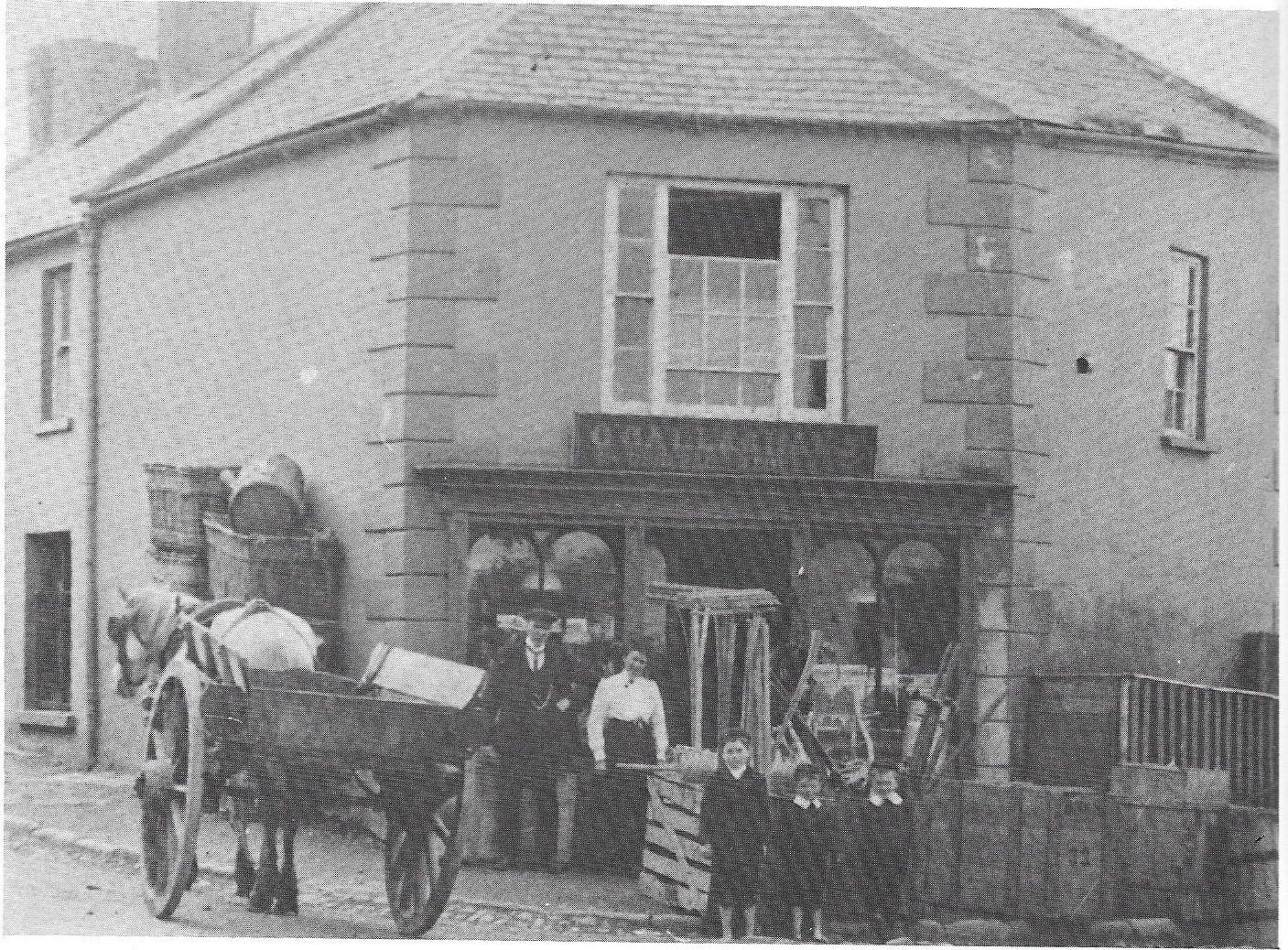


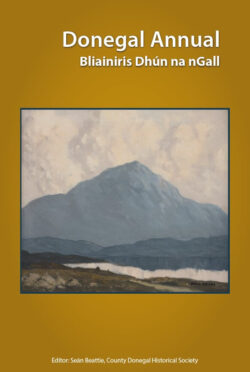
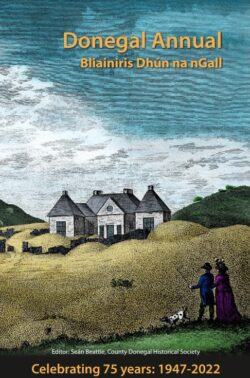
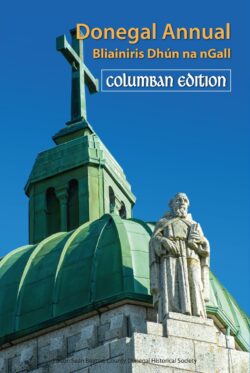
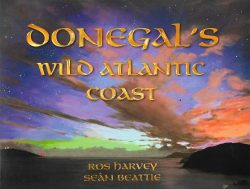

admin
Thanks for the fine poems of John Harvey
There are some excellent writers in the Harvey family and my co-author Ros Harvey is one of them.John was a contemporary of Honoria Galwey who is now the subject of our research here in Inishowen.
I will check her work to see any links to Robert
Sean